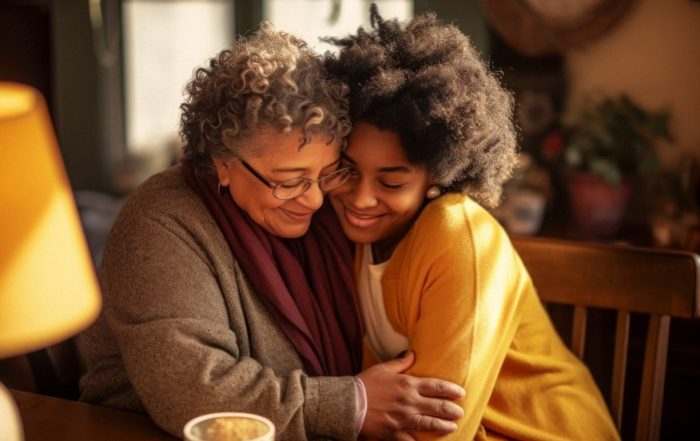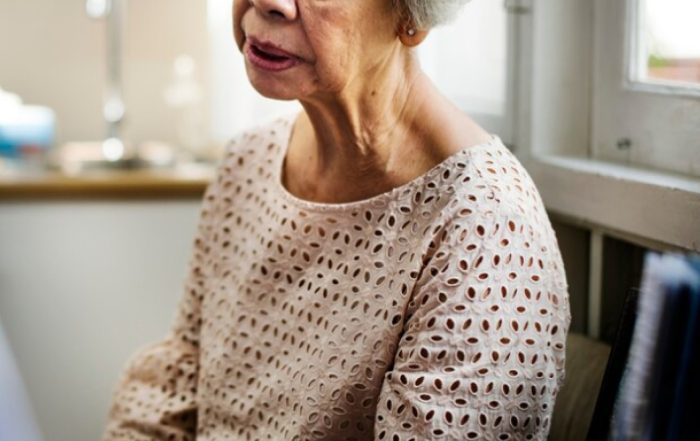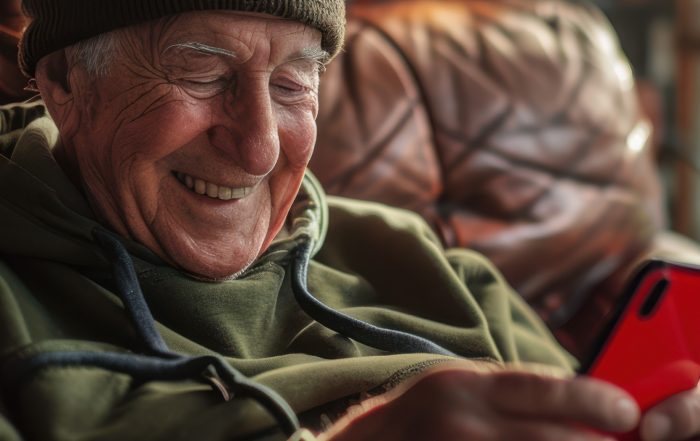It is hard to imagine that anyone would deliberately want to harm an elderly person, but unfortunately, elder abuse is a widespread problem. Some instances of elder abuse are intended to exploit the person financially; you’ve probably heard of scams targeting seniors. In other cases, it’s simple negligence: Caregivers don’t provide the basic necessities, like nutritious food, appropriate medication, safety, or assistance with hygiene. If you see something, say something.
Bedsores, bruises, or chafing could indicate that your loved one is being restrained to a bed or wheelchair, or otherwise physically abused. If he or she has recently lost weight, malnutrition or dehydration could be at play, while poor hygiene is also an indicator of possible abuse. Watch, too, for changes in the person’s mood; if they seem depressed, anxious, agitated, or listless, see if you can discover why. In short, any changes to an elder’s behavior, disposition or physical condition could be cause for concern.
Here are five facts about elder abuse:
- Elder abuse instances happen mostly in the home where the senior lives.
- 1 in every 10 elderly adults experience some form of abuse in their lifetime.
- The most common form of abuse is financial exploitation and extortion.
- 9 out of 10 elder abusers are relatives.
- One out of six instances of elder abuse go unreported.
If you suspect that someone is being abused, please reach out to your local adult protective services or your local police non-emergency number.
If you have been the victim of abuse, exploitation, or neglect, you are not alone. Many people care and can help. Please tell your doctor, a friend, or a family member you trust, or call the Eldercare Locator help line immediately.
You can reach the Eldercare Locator by telephone at 1-800-677-1116. Specially trained operators will refer you to a local agency that can help. The Eldercare Locator is open Monday through Friday, 9 a.m. to 8 p.m. Eastern Time.




